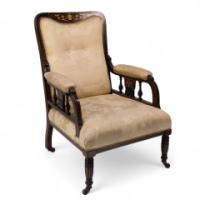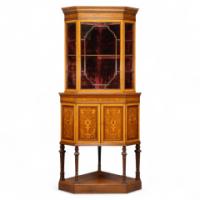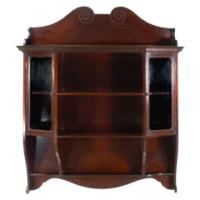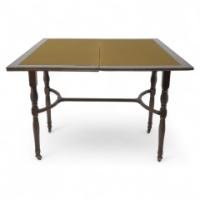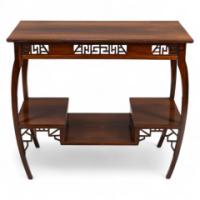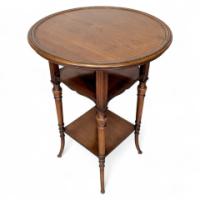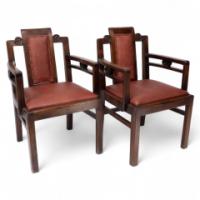Frank Brangwyn, Armchair for the Canadian Pacific Liner 'Ss Empress of Britain'
POA
Width: 23.03 in (58.5 cm)
Depth: 20.08 in (51 cm)
1930-1939
About this piece
An important armchair. Brangwyn's last interior designs were for the Canadian Pacific liner The S.S. Empress of Britain, which was launched in 1931 by the Prince of Wales, later to be King Edward VIII, who renounced his throne to marry Wallis Simpson in 1930.
These armchairs were designed for the first-class dining room, The Salle Jacques Cartier (see last image), and they were made by H. H. Martyn & Co., Cheltenham. The first-class dining room was described in the Bulletin of The Decorative Arts Society 1890–1940 as "in the fully fledged modern restaurant and cinema style of the 1930s." The Studio, in a long article on the liner, discusses and illustrates Brangwyn's Salle Jacques Cartier:
"So architectural it is, so true in proportion, so devoid of extraneous ornament. In contrast to this austerity of line, hue and colour, his great wall paintings are rich in colour; composed in the bold, yet intricate pattern of figure, fruit and flowers that characterizes Mr. Brangwyn's decorative works."
Tragically, the liner was sunk in 1940 by a U-boat.
Brangwyn also designed marquetry panels for the private dining rooms, and they were executed by the Rowley Gallery. He also designed a frieze carved in wood for their gallery façade in 1936.
The armchair has a central under bar below the seat, which still has the original bolt and eye to secure the chain to and then to the floor — a feature that would prevent all the chairs from sliding around in stormy weather.
It is lacking the ivorene numbered disc which would have sat in the very top of the head rail.
In October 1940, the most famous of the Canadian Pacific Railway liners and flagship of the company’s Atlantic Fleet, The Empress of Britain, was attacked and sunk. She was travelling to Glasgow from Suez via South Africa when she was bombed near the north-west coast of Ireland by a German Focke-Wulf Condor plane.
When the Condor attacked the Empress of Britain, the ship's crew couldn't shoot the plane down, and soon the Empress was burning out of control. Captain C. H. Sapsworth gave the order to abandon ship. Forty-five people died, and the remaining survivors, including women and children, were later rescued that day by the British destroyer HMS Echo, the Polish destroyer Burza, and three British naval trawlers: Paynter, Cape Agona, and Drangey.
The Empress, still burning, managed to stay afloat, and the day after, two Royal Navy tugs, Marauder and Thames, tried to tow her into port with many escort ships around her. In spite of the protection from the escort ships, on October 28th, a German U-boat, U-32, managed to get by the escorts unnoticed and torpedoed the crippled Empress. She sank within ten minutes.
The Empress of Britain was the largest Allied passenger liner to be sunk. Weighing 42,348 tons, she was the biggest merchant ship loss of the war.
King George VI and Queen Elizabeth had travelled aboard Empress of Britain after their 1939 Royal Tour of Canada, and they were so moved by her sad loss that they sent their personal condolences to the CPR.
The photo of the Empress below was taken in San Francisco during one of her memorable cruises, and was sourced from the Canadian Pacific Railways commemorative booklet Empress of Britain: Lost in Action in the Service of Her Country, October 28th, 1940.

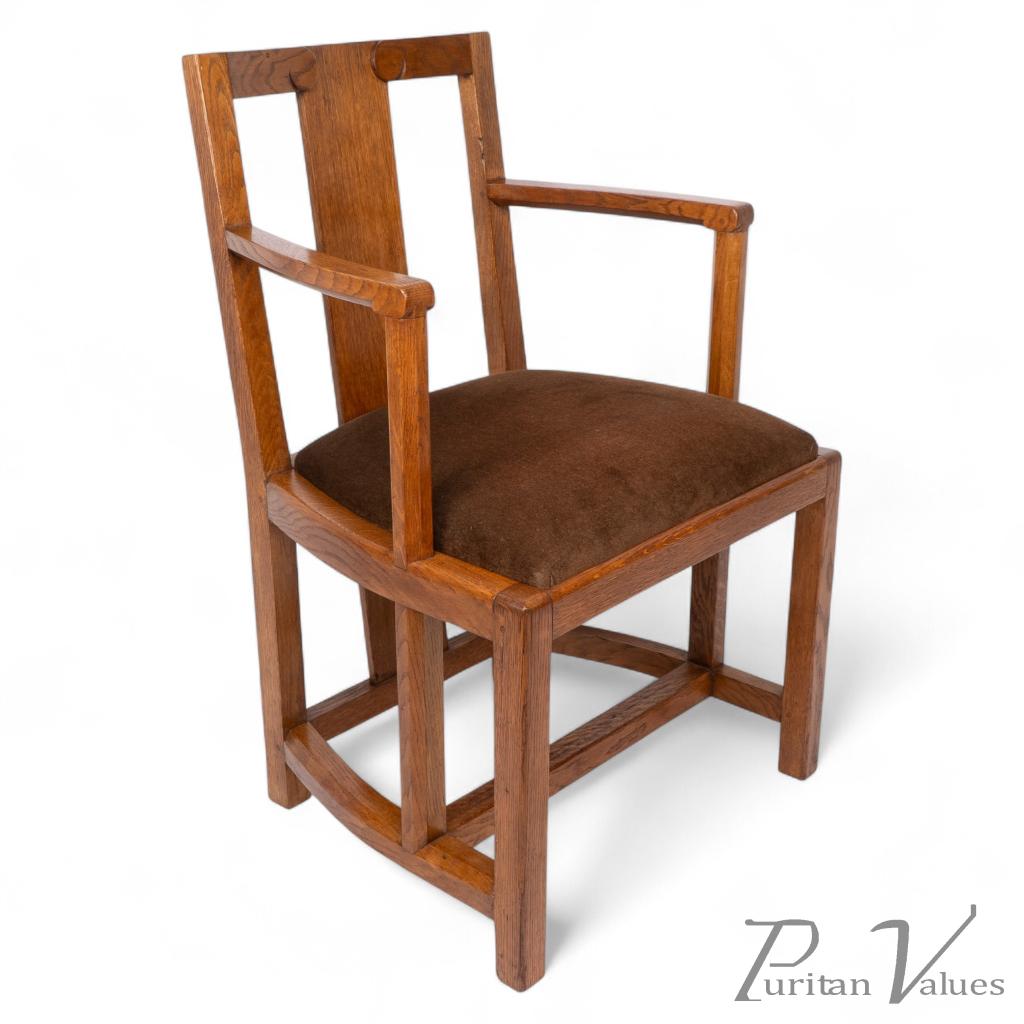



















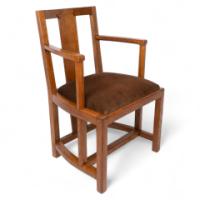
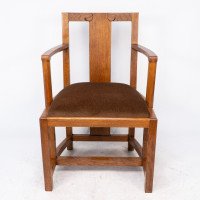
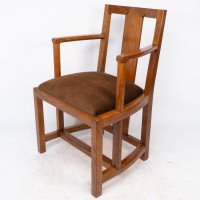
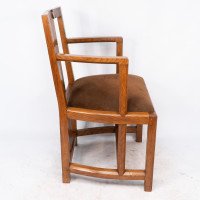
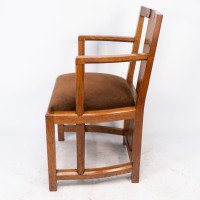
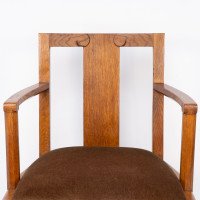
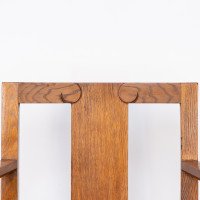
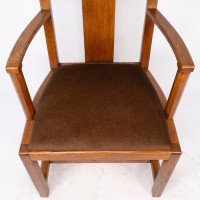
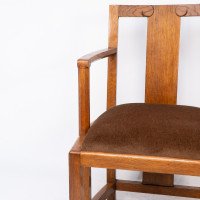
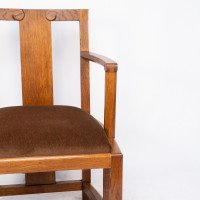
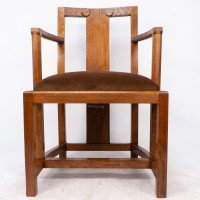
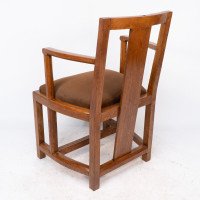
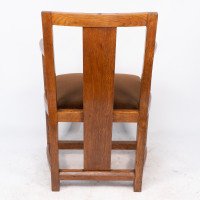
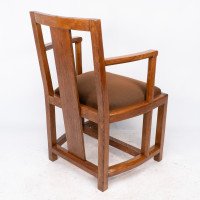
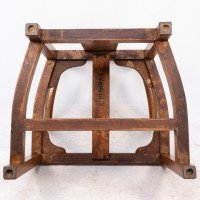
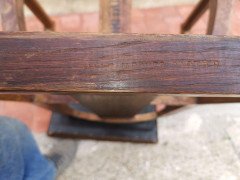
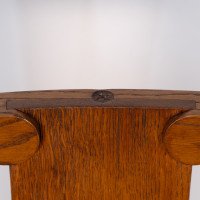
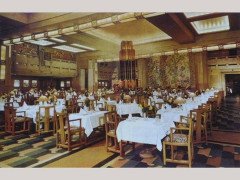
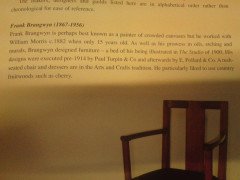
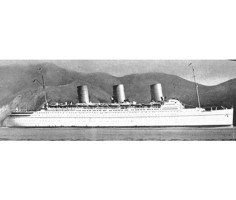
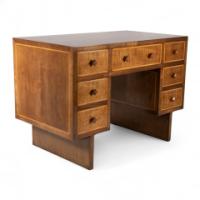
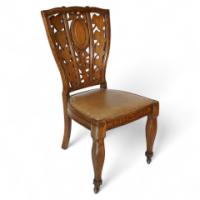





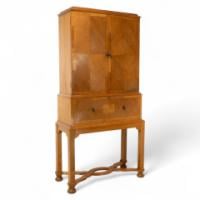
-thumb.jpg)

